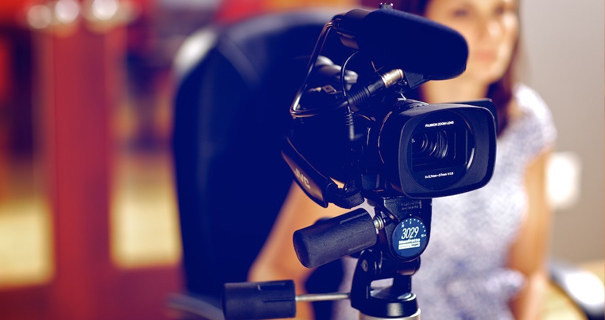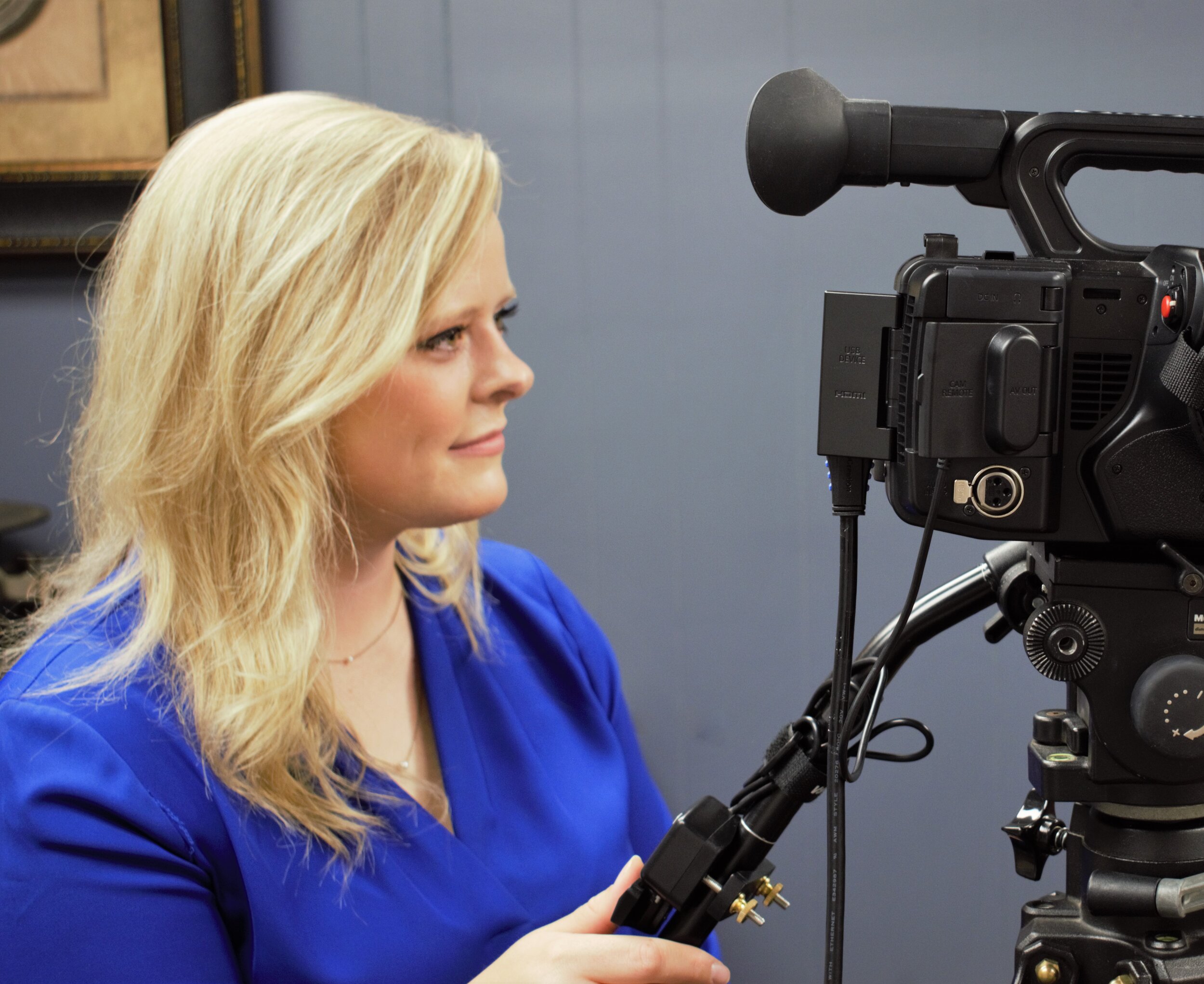Exploring the Devices of Lawful Videography: Introduction Its Procedure in Safeguarding Authentic Visual Testimony for Judicial Process
In the world of judicial process, the function of legal videography stands as a foundation in maintaining and presenting visual evidence. As modern technology remains to development, the mechanisms behind lawful videography have ended up being significantly intricate, using a vital layer of authenticity to testaments recorded on video. By diving right into the operational intricacies of lawful videography, one can discover the precise processes that guard the stability of visual proof provided in courtrooms - Legal Videography. This expedition not only clarifies the historical development of lawful videography however also means the future patterns that might additionally transform how visual statements are supported in the world of justice.
Historical Advancement of Lawful Videography
Checking out the historic development of legal videography discloses a substantial makeover in the capturing and presentation of visual proof within the lawful landscape. In the past, lawful proceedings heavily depended on created transcripts and photos to document events and supply proof. However, with the development of video clip modern technology, the legal industry saw a standard change in just how visual testimony was caught and offered.
The development of legal videography can be traced back to the late 20th century when developments in video clip recording devices made it much more available for use in court rooms. This technological improvement not just improved the precision and dependability of aesthetic proof yet also changed the way situations were offered to judges and courts (Legal Videography). Lawyers began to identify the persuasive power of video clip recordings in conveying feelings, subtleties, and non-verbal hints that created transcripts or photos alone might not capture efficiently

Modern Technology Innovations in Video Documents
What key technological innovations have changed video documents in the legal area? The lawful field has seen substantial developments in video paperwork innovation that have boosted the authenticity and dependability of aesthetic evidence in judicial process.
Moreover, developments in video clip security and watermarking innovations have actually boosted the safety and tamper-proof nature of video clip evidence, securing it against unauthorized alterations or tampering. The introduction of cloud storage space services and remote access capabilities has streamlined the storage space, retrieval, and sharing of video clip proof, assisting in seamless partnership amongst lawful experts and making sure efficient access to crucial aesthetic testaments when needed. These technical advancements in video clip paperwork have actually certainly reinvented the lawful field, improving the precision, integrity, and admissibility of aesthetic proof in judicial process.
Function of Legal Videographers in Court Room Settings
The development of video clip paperwork innovation in the legal area has required a vital role for lawful videographers in court settings, making sure the honesty and reliability of aesthetic statements provided during judicial proceedings. Legal videographers play an essential duty in capturing and maintaining exact aesthetic evidence that can be critical in litigation. Their duty reaches establishing up devices, recording proceedings, and creating premium videos that precisely show the events in the court.
In courtroom setups, legal videographers should comply with stringent standards and requirements to keep the authenticity of the visual document. They should possess a keen eye for information and a detailed understanding of legal procedures to guarantee that the video they record is a real depiction of the occasions that transpired. In addition, legal videographers often work closely with legal teams to make certain that the video evidence aligns with the situation's needs and can be properly provided in court to support the lawful arguments being made. Overall, the role of lawful videographers in court settings is crucial in maintaining the principles of justice and ensuring the openness of legal proceedings.

Ensuring Admissibility and Stability of Video Clip Proof
To maintain the integrity of visual evidence provided in lawful process, guaranteeing the admissibility and stability of video clip evidence is a vital duty for lawful videographers. Admissibility refers to the acceptance of proof by the site link court, and for video clip evidence to be acceptable, it has to meet certain requirements. Lawful click here for info videographers play an important function in making sure that the video clips they catch abide with the rules of evidence, such as relevance, authenticity, and dependability.
Honesty of video clip proof entails preserving the creativity and accuracy of the footage from the time it is recorded until it exists in court. This consists of safely keeping the video files, recording the chain of safekeeping, and avoiding any tampering or changes. Lawful videographers need to abide by strict methods to assure the stability of the video proof and stop any type of challenges to its credibility.
Future Trends in Legal Videography
Provided the enhancing reliance on technology in legal process, legal videographers are poised to welcome ingenious developments forming the future of visual testimony capture and discussion. One of the noticeable patterns imminent is the assimilation of virtual fact (VR) and augmented truth (AR) technologies right into legal videography. These modern technologies have the possible to revolutionize just how visual proof is presented in court rooms, allowing discretionary to immerse themselves in the scene of the crime or occurrence.
Furthermore, using expert system (AI) algorithms for video clip analysis is anticipated to enhance the process of reviewing and assessing big amounts of video clip footage. AI can aid in determining vital minutes, abnormalities, and patterns within video clips, improving the effectiveness of legal examinations.

Verdict
To conclude, legal videography has played a critical role in giving authentic visual evidence for judicial process. Via technical developments and the competence of lawful videographers, the stability and admissibility of video clip evidence are made certain in court room settings. Homepage As legal videography proceeds to advance, it will certainly be vital to support criteria that maintain the precision and integrity of aesthetic testament for the future of legal procedures.
Analyzing the historic progression of legal videography discloses a considerable improvement in the capturing and presentation of aesthetic evidence within the lawful landscape.The evolution of video paperwork innovation in the lawful area has actually demanded an essential role for lawful videographers in court setups, making sure the stability and reliability of visual testimonies presented during judicial process. Furthermore, legal videographers frequently function closely with lawful teams to make sure that the video evidence aligns with the instance's requirements and can be properly offered in court to sustain the lawful disagreements being made.To maintain the reliability of visual evidence offered in legal procedures, making certain the admissibility and honesty of video evidence is a critical duty for lawful videographers. As legal videography continues to evolve, it will certainly be essential to copyright requirements that maintain the precision and reliability of visual testimony for the future of lawful procedures.